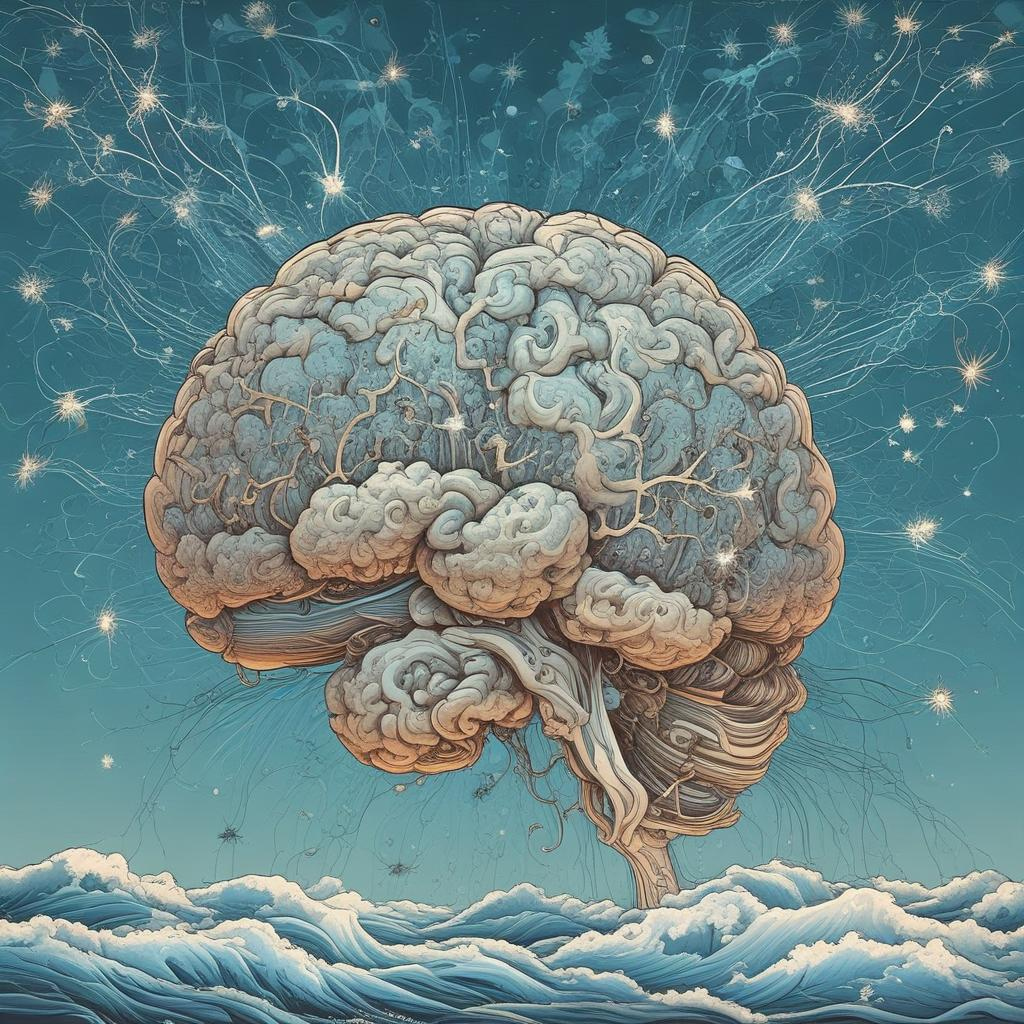This post is also available in Dutch.
Have you ever wondered about the mysterious workings of the human brain? Scientists have long been captivated by its complexity, seeking to unravel its secrets. Recently, a study delved into uncharted territory, exploring the possibility of turbulence (a phenomenon of unpredictable twists and turns) within the brain’s intricate networks.
The involved scientists drew inspiration from two subdisciplines of physics: the field of fluid dynamics, which describes the flow of fluids, and the field of oscillator systems (e.g., a guitar string vibrating). They embarked on a journey to investigate whether the brain’s activity exhibits turbulence-like behaviour. Imagine the brain as a vast ocean, with waves of neural activity cascading through its networks. Could these patterns resemble the turbulence seen in swirling currents?
Analysing the data, they discovered compelling evidence of turbulence-like dynamics coursing through the brain. It was as if the brain’s activity mirrored the chaotic dance of turbulent fluids. But what does this mean for our understanding of brain function?
To delve deeper, the researchers constructed a comprehensive model of the brain’s interconnected networks, akin to mapping out the ocean’s currents. While studying and tuning their model, they identified a specific setting where the brain’s turbulence peaked. In this state, the brain exhibited heightened activity, suggesting that turbulence might play a crucial role in information processing.
But the intrigue didn’t stop there. Examining the brain’s activity during different cognitive tasks, researchers found a consistent pattern: a turbulent core at the heart of brain function. This core seemed to be vital for basic brain processes, like maintaining awareness and coordinating actions. Even more fascinating was their discovery of power law (how one thing changes in relation to another) within the turbulent core, similar to patterns seen in natural phenomena like the flow of rivers or the movement of clouds. This hints at a cascading mechanism of information processing, where small changes can have profound effects throughout the entire brain.
In conclusion, this study opens up new vistas in our understanding of the human brain. By borrowing insights from the natural world, researchers have unveiled a hidden dynamic within our minds. This discovery not only deepens our appreciation for the brain’s complexity but also holds promise for unlocking new treatments for neurological disorders, For example, designing TMS (Transcranial Magnetic Stimulation) protocols, which involve stimulating specific areas of the brain.
So next time you ponder the mysteries of the mind, remember: beneath its surface lies a turbulent sea of activity, waiting to be explored.
Author: Vivek
Buddy: Lucas
Editor: Christienne
Translation: Dirk-Jan

1 thought on “Navigating the turbulent seas of brain activity”